Realizing the idea of metro line 1 connecting 3 provinces and cities
The Ho Chi Minh City Department of Transport has just sent a proposal to the People's Committees of Dong Nai and Binh Duong provinces to complete the report on extending the Ben Thanh - Suoi Tien urban railway (metro line 1), based on the conclusions of the meeting between local leaders in May.
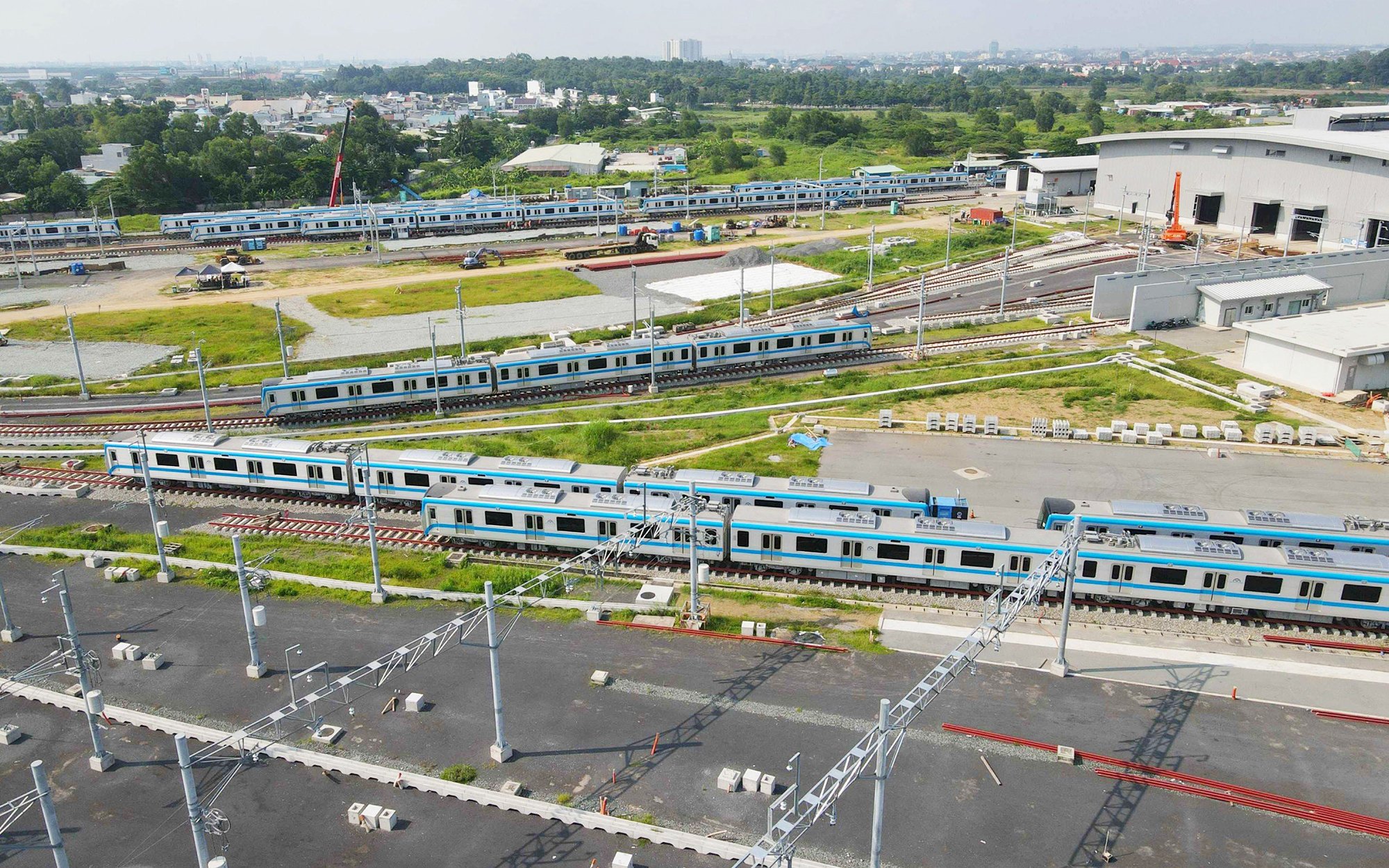
Long Binh Depot - Ben Thanh - Suoi Tien metro elevated railway line
According to the investment plan report of Southern Transport Design Consulting Joint Stock Company (TEDI South), the extension of metro line No. 1 to Binh Duong and Dong Nai is divided into 3 sections with a total length of 53.3 km. Of which, section 1 from Suoi Tien Bus Station to Binh Thang Station (S0) is 1.8 km long. The route starts from after Suoi Tien Bus Station, goes uphill along the right side of Hanoi Highway to S0 Station, expected to be located before Tan Van Interchange. S0 Station is the connecting station between the two routes to Binh Duong and Dong Nai. Section 2 from S0 Station to Binh Duong is 31.35 km long. The route starts from S0 Station, goes uphill, crosses Provincial Road 742 and Trang Bom - Hoa Hung Railway, then goes uphill on the right, shares the same corridor with Trang Bom - Hoa Hung Railway, and then shares the same corridor on the left with Saigon - Loc Ninh Railway. The route continues through Binh Chuan intersection and goes left along My Phuoc - Tan Van road, then turns between DX01 road and Hung Vuong road into the administrative center of Thu Dau Mot city to the depot in Phu Chanh ward (Tan Uyen city).
Meanwhile, section 3 from station S0 to Dong Nai will be 20.1 km long. From station S0, the route will run on the green strip along Hanoi Highway until before the Amata intersection, then go into the middle of National Highway 1. At the 30-4 park area, the route will turn right and run on the high ground along National Highway 1, until the intersection between Thai Hoa Street (Thai Hoa Church) turns left into the depot area in Ho Nai 3 commune.
Along with the route planning, the consulting unit also planned to build 25 stations and 2 depots when extending metro line 1 to Binh Duong and Dong Nai provinces.
Mr. Ha Ngoc Truong, Vice President of Ho Chi Minh City Bridge, Road and Port Association
This is not the first time that localities have studied and proposed the idea of extending metro line 1. Nearly 10 years ago, Dong Nai was the earliest locality to propose extending metro line 1, right from the planning stage. The leader of Dong Nai Provincial People's Committee stated that this province is located adjacent to the eastern gateway of Ho Chi Minh City, where there is a large volume of people and vehicles traveling. Moreover, there are nearly 30 industrial parks (IPs) in the province, attracting a large number of people traveling between Dong Nai and Ho Chi Minh City. According to the plan, 8 metro lines of Ho Chi Minh City will connect with satellite cities in the region such as Thu Dau Mot (Binh Duong), Bien Hoa (Dong Nai)... On the other hand, Dong Nai already has land funds to build urban railways and stations through Bien Hoa 2 IP, so the amount of land clearance is not large. The Department of Transport of Dong Nai province has also worked with the consulting unit on planning and proposing a metro line from Bien Hoa 1 Industrial Park station to Long Thanh airport. From there, it will connect with the Thu Thiem - Long Thanh airport light rail line, ensuring rail traffic connection between Ho Chi Minh City and Dong Nai.
Meanwhile, the People's Committee of Binh Duong province believes that investing in synchronous traffic infrastructure on the My Phuoc - Tan Van road will help reduce about 30% of the time for goods circulation, shorten the distance from factories to deep-water ports in Ba Ria - Vung Tau, and in the future, shorten the travel time of people to Long Thanh airport (Dong Nai). In addition, when extending the metro line to My Phuoc - Tan Van, the cost of site clearance is low, minimizing the relocation of infrastructure works due to their location in the suburbs. At the same time, it will increase regional connectivity between the three urban areas of Ho Chi Minh City, Bien Hoa City and Binh Duong New City.
New momentum for the Southeast economic quadrangle
According to the leader of the Ho Chi Minh City Urban Railway Management Board (MAUR), regional connectivity is also an important factor when Ho Chi Minh City adjusts the urban railway network planning. 15 years of urbanization have gradually connected urban areas together, no longer separated by administrative boundaries, so the metro also needs to be extended from Ho Chi Minh City to Dong Nai, Binh Duong, Long An..., creating smooth connections to satellite urban areas. The extended metro will also be integrated with the national railway network, connecting to Binh Trieu and Di An stations..., hubs, major traffic hubs such as Long Thanh airport, Tan Kien terminal station of the Ho Chi Minh City - Can Tho high-speed railway, Can Gio coastal urban area, Tan Son Nhat airport... In terms of technology, the extension of metro line No. 1 is all elevated, so the construction work is not as complicated as underground. The technology can be applied similarly to the project deployed in Ho Chi Minh City to ensure synchronization in train organization, interconnection...
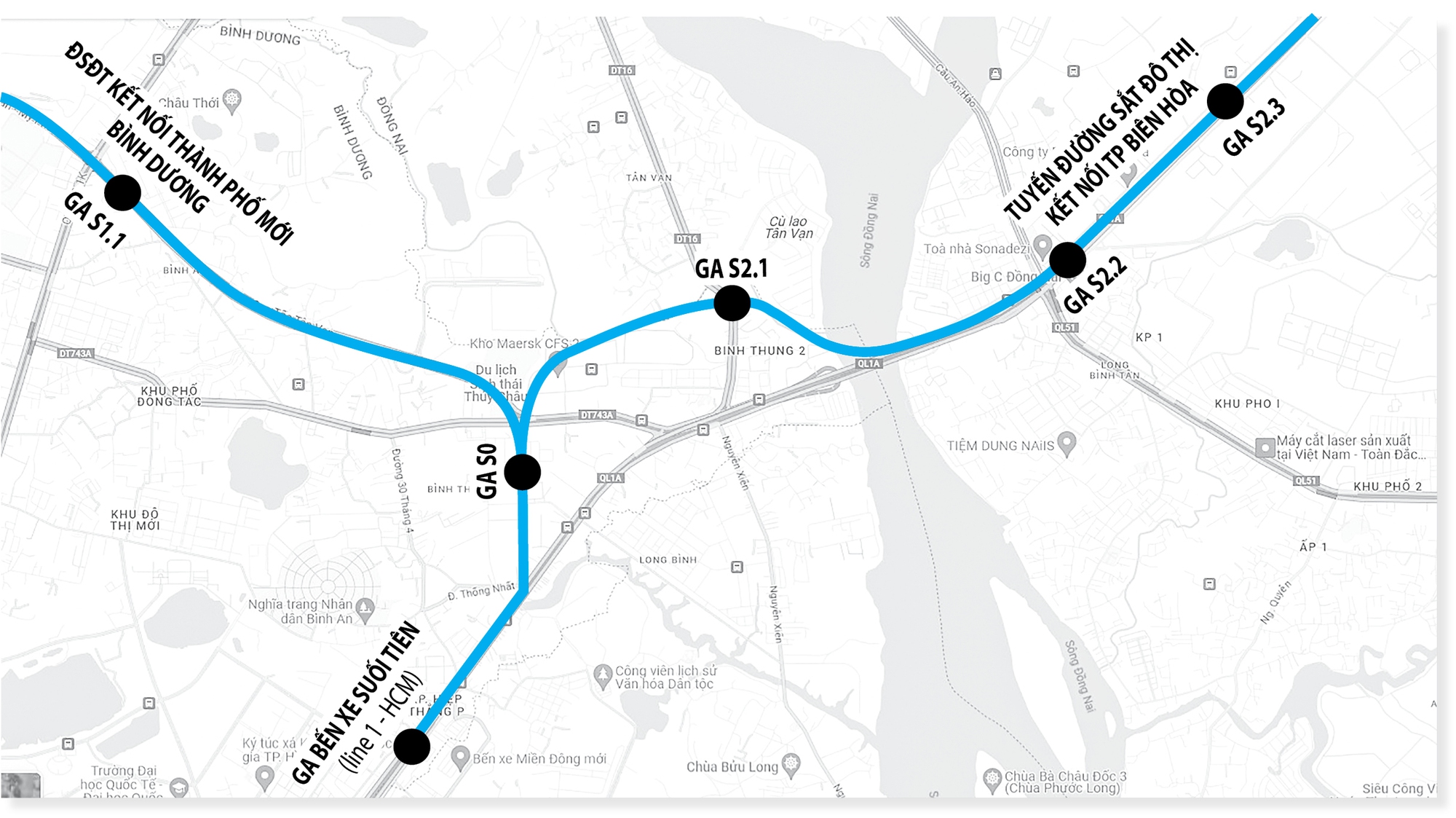
GRAPHICS: BAO NGUYEN
"Connecting national railways, high-speed railways, and regional railways is a must. However, the project is currently only at the orientation stage and is not yet included in the planning. This time, the general planning of Ho Chi Minh City, including the railway planning, will add a plan to extend metro line 1. However, the extension to Dong Nai and Binh Duong is located in the territory of the two provinces, so the locality will update when they develop the general planning," added the leader of MAUR.
Mr. Ha Ngoc Truong, Vice Chairman of the Ho Chi Minh City Bridge and Port Association, assessed that the project to extend Metro Line 1 to Dong Nai and Binh Duong has a very positive impact on traffic and economy not only of Ho Chi Minh City but also of the entire Southern Key Economic Zone. For Ho Chi Minh City alone, the extension of Metro Line 1 will help the city set the goal of public passenger transport meeting 50-60% of the travel needs of people in the Eastern Creative Urban Area by 2040. On the other hand, the economic quadrilateral of the Southeast region, including 4 localities: Ho Chi Minh City, Dong Nai, Binh Duong and Ba Ria-Vung Tau, has been identified as the Southern Dynamic Region, one of the 4 national dynamic regions. For a long time, although these localities have economic growth rates among the top in the country, the Southeast economic quadrilateral has not yet fully exploited its development potential. One of the main reasons is that the transport infrastructure system connecting the regions as well as the poles of this economic quadrilateral is still weak and lacks synchronization.
Specifically, as a transit hub for goods in the entire Southeast region, the transportation system connecting Ho Chi Minh City to the provinces is too weak. Transporting goods from Binh Duong to Ho Chi Minh City mainly follows Highway 13. With more than 13 industrial parks, the volume of imported and exported goods is "huge", causing terrible traffic jams day and night. The road from Bien Hoa to Ho Chi Minh City, the Saigon Bridge section, is rarely clear. Most national highways, gateway areas such as Highway 13, Highway 51, routes such as My Phuoc - Tan Van, even the Ho Chi Minh City - Long Thanh - Dau Giay Expressway... are often congested. This causes the cost of transporting goods to increase significantly, making exports uncompetitive, greatly affecting the city's economy as well as the economic development of the entire region.
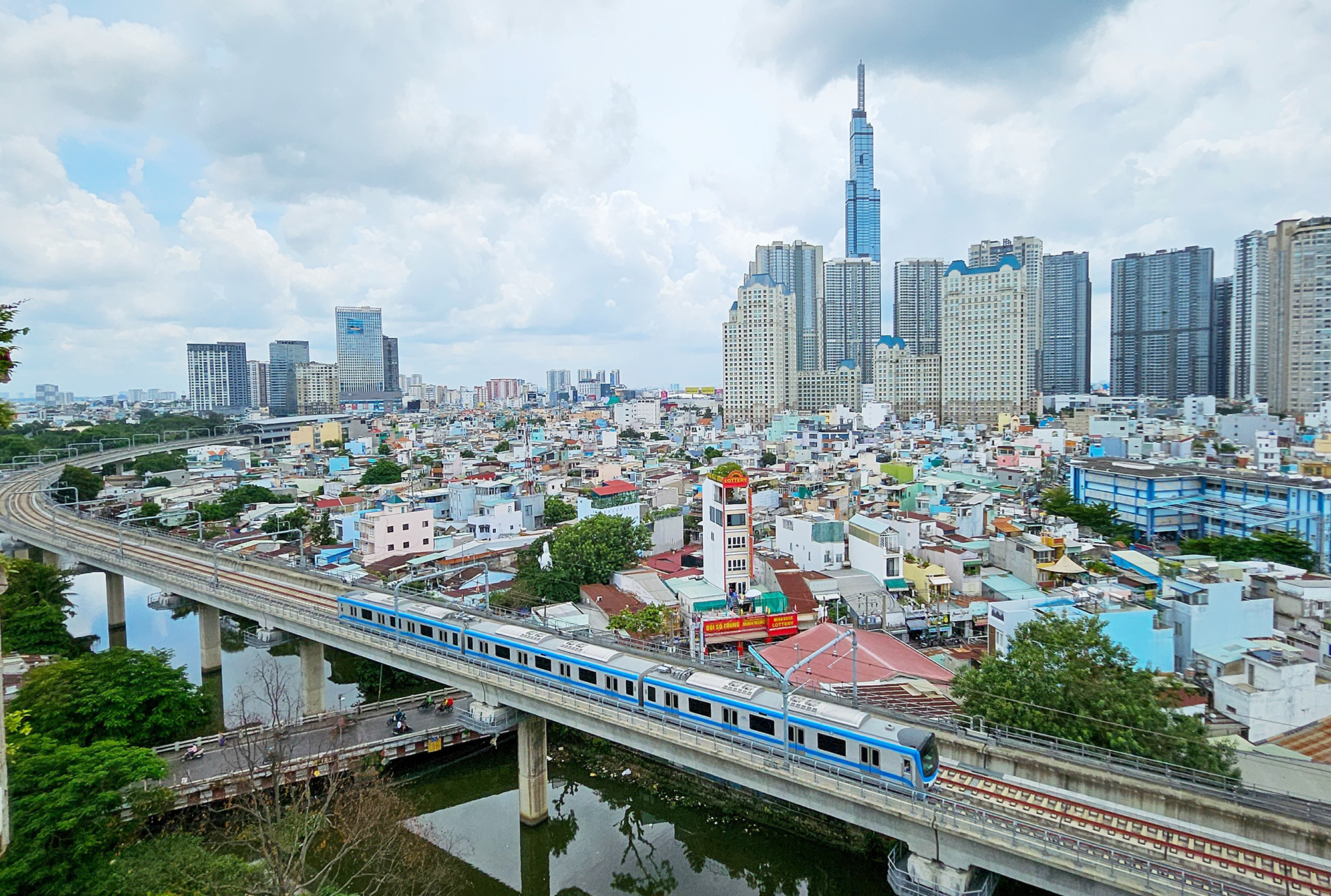
The metro project connecting Ho Chi Minh City with Binh Duong and Dong Nai will create a big step forward in regional connectivity.
Furthermore, the planning approved by the Prime Minister in 2021 also mentioned the content of regional metro connections. Accordingly, the regional metro system must have 8 routes including: Trang Bom - Hoa Hung, Bien Hoa - Vung Tau, Di An - Loc Ninh, Ho Chi Minh City - Can Tho, Ho Chi Minh City - Nha Trang, Thu Thiem - Long Thanh, Ho Chi Minh City - Tay Ninh and dedicated railway routes connecting Hiep Phuoc port. Extending metro line 1 to Dong Nai and Binh Duong will be a premise for building a smooth and effective regional metro network.
"If public transport transporting large volumes such as metro is connected, the above routes will be relieved of traffic congestion pressure. Smooth traffic means promoting trade and economic development in the whole region. In particular, real estate prices along the route and areas near the station will increase. If properly planned, it will bring great value to all four localities. This will be a new driving force for the economic quadrangle of the Southeast region," Mr. Ha Ngoc Truong expected.
What will be the main source of capital?
The consulting unit's calculations show that the total investment for the project to extend the first urban railway line of Ho Chi Minh City connecting 3 provinces and cities is 86,000 billion VND. The consulting unit proposed using public investment capital to implement the project, in which Ho Chi Minh City will take the lead in implementing section 1, Binh Duong province will take the lead in implementing section 2 and Dong Nai province will take the lead in implementing section 3. Lessons from metro line 1 have shown that the biggest challenge of the urban railway problem is capital and procedures. Regarding financial resources, the requirement is that by 2028, Ho Chi Minh City must basically arrange about 25 billion USD (the data was calculated 10 years ago). If it only relies on the current budget or ODA capital, it is completely impossible. Ho Chi Minh City hopes to diversify financial resources from 5 sources: the state budget used for site clearance; organizing land auctions according to the TOD model; domestic borrowing; foreign borrowing and bond issuance.
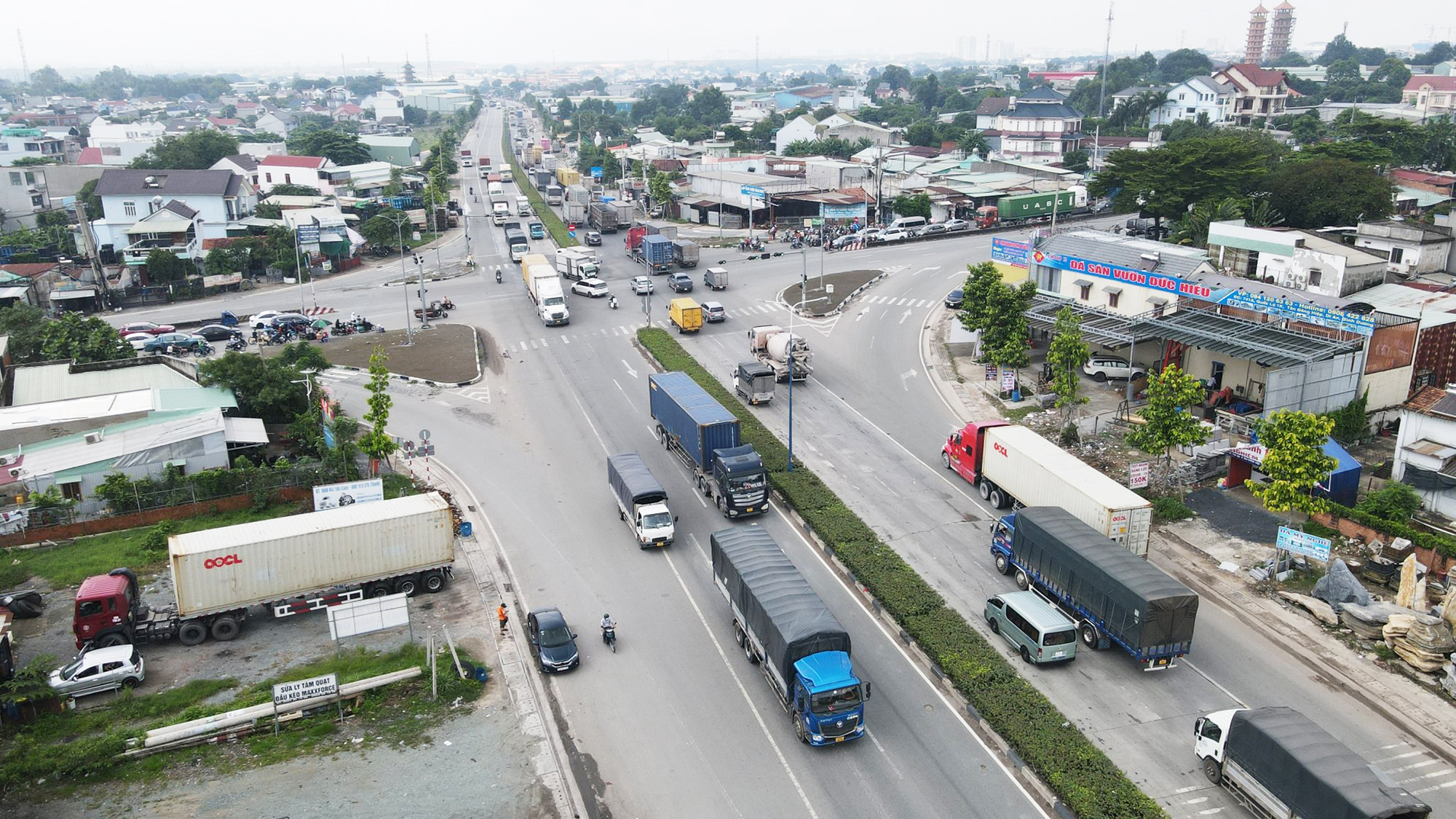
Extending metro line 1 to My Phuoc - Tan Van (Binh Duong) will help relieve traffic congestion at this important intersection.
Meanwhile, provinces in the Southeast region such as Binh Duong and Dong Nai are actively auctioning land along roads and metro lines to raise capital for infrastructure investment. In Dong Nai, the locality has planned to reclaim 21 plots of land along 9 traffic routes for auction, expected to collect 42,843 billion VND. According to the plan, Dong Nai will use the auctioned land proceeds to invest in traffic infrastructure. Similarly, Binh Duong also plans to auction 36 plots of land with an area of 17,925 hectares along Ring Roads 3 and 4 (HCMC), the HCMC - Thu Dau Mot - Chon Thanh Expressway... to raise capital for infrastructure investment.
Analyzing the financial problem in more detail, Associate Professor, Dr. Vu Anh Tuan, Director of the Vietnam-Germany Transport Research and Development Center, pointed out a reality: Most countries in the world that are developing urban railway systems talk about the public-private partnership (PPP) model. However, a project analyzing investment projects using the state budget and PPP of 10 developed cities in the world (including Tokyo, Seoul, Shanghai, Taipei, Ho Chi Minh City, Manila, Bangkok, Kuala Lumpur, Jakarta, New Delhi), conducted by Mr. Tuan and the Japanese Institute for Transport Policy Research 5 years ago, came to a general conclusion: the success rate of projects implemented under the PPP model is very low. Meanwhile, the orientation of linking metro with urban development according to the TOD model is necessary, but currently Ho Chi Minh City has almost no planning. Even line 1, which is about to reach the finish line, has not yet implemented TOD. This model will face more challenges when implementing metro connections to localities.
Therefore, Mr. Tuan highly appreciated the orientation of issuing bonds to attract about 20 - 25 billion USD from the beginning, Ho Chi Minh City can deploy the network while minimizing risks and failures. In addition, there is a financial source that has not been mentioned, which is collecting user fees. Charging fees for personal vehicles entering the inner city or fees for stopping and parking on the roadway and sidewalk, according to calculations, the profit after deducting all costs in 2025 is about 2 billion USD/year and by 2030 is 4.4 billion USD/year. "If this amount of money is used for urban railway development, green transport development, and public transport infrastructure development, it is a wise solution that needs further study. Resolution 98 has given Ho Chi Minh City a mechanism corridor, which can be completely implemented", Associate Professor, Dr. Vu Anh Tuan emphasized.
Metro "dream" needs breakthrough, superior mechanism
Chairing the third meeting between the Advisory Council for the implementation of Resolution 98 and the Expert Advisory Group for the development of the urban railway system in Ho Chi Minh City according to Conclusion 49 of the Politburo recently, Chairman of the Ho Chi Minh City People's Committee Phan Van Mai frankly admitted that the 15-16 years of struggling to complete the 19.7 km long metro line 1, and now it is just about to be completed, is too slow, "unacceptable". If the implementation continues in the old way, it will take about 50-70 years, or even 100 years to complete the remaining 200 km. Conclusion 49 of the Politburo requires that Ho Chi Minh City must complete the urban railway network by 2035, meaning there is only 12 years left. Therefore, there must be a new, breakthrough approach, completely different from the metro line 1 project.
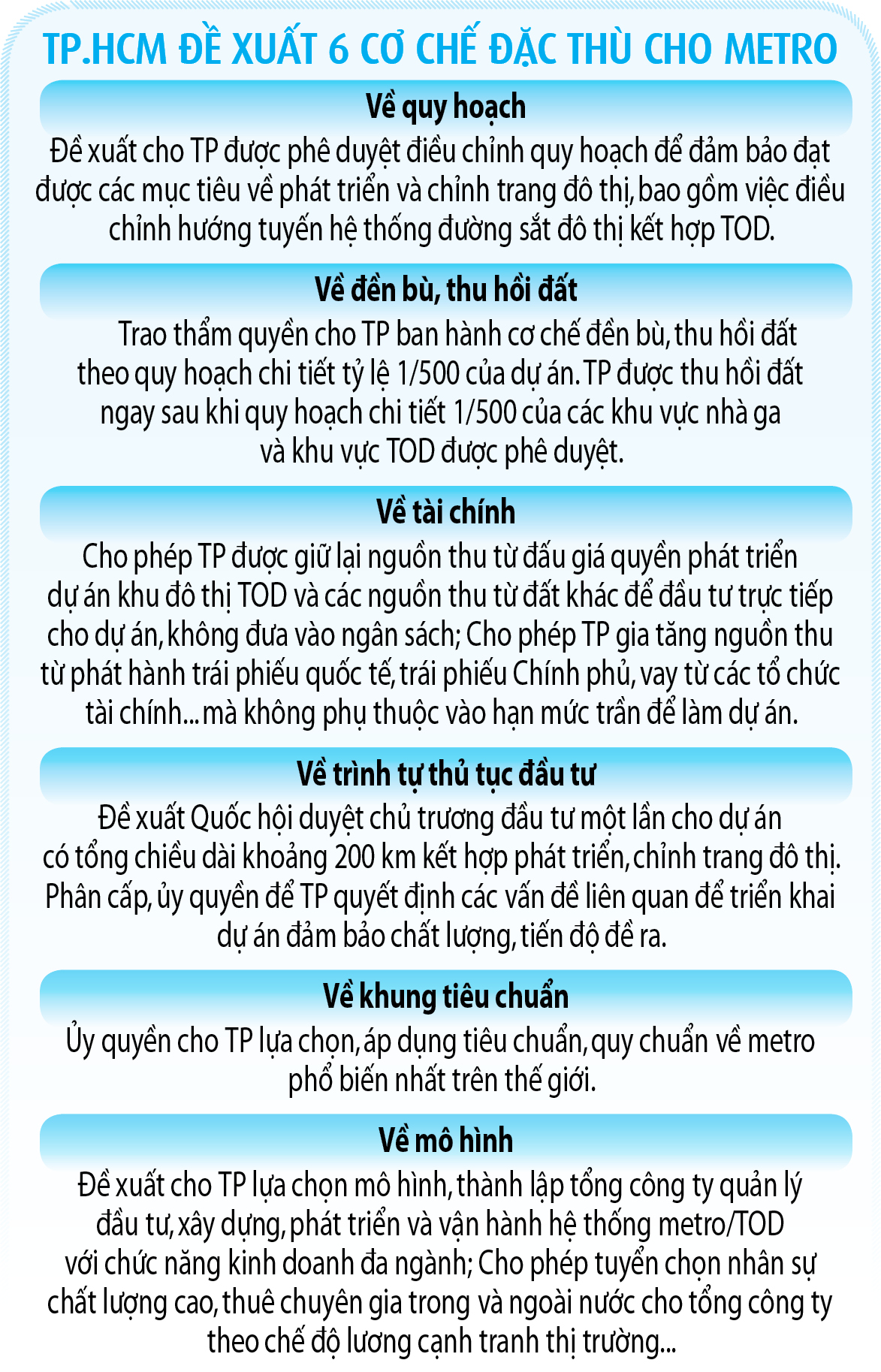
Source link





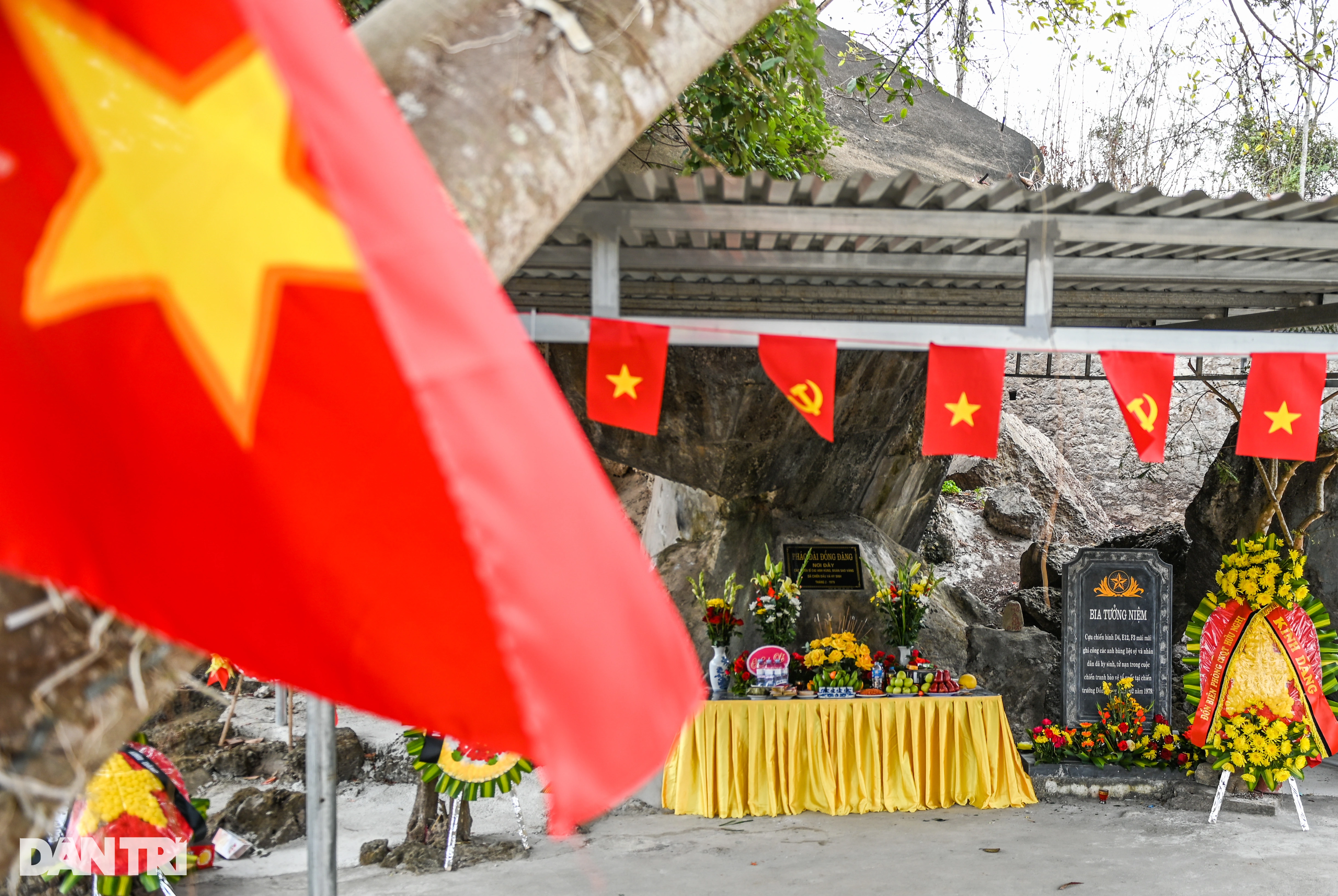
























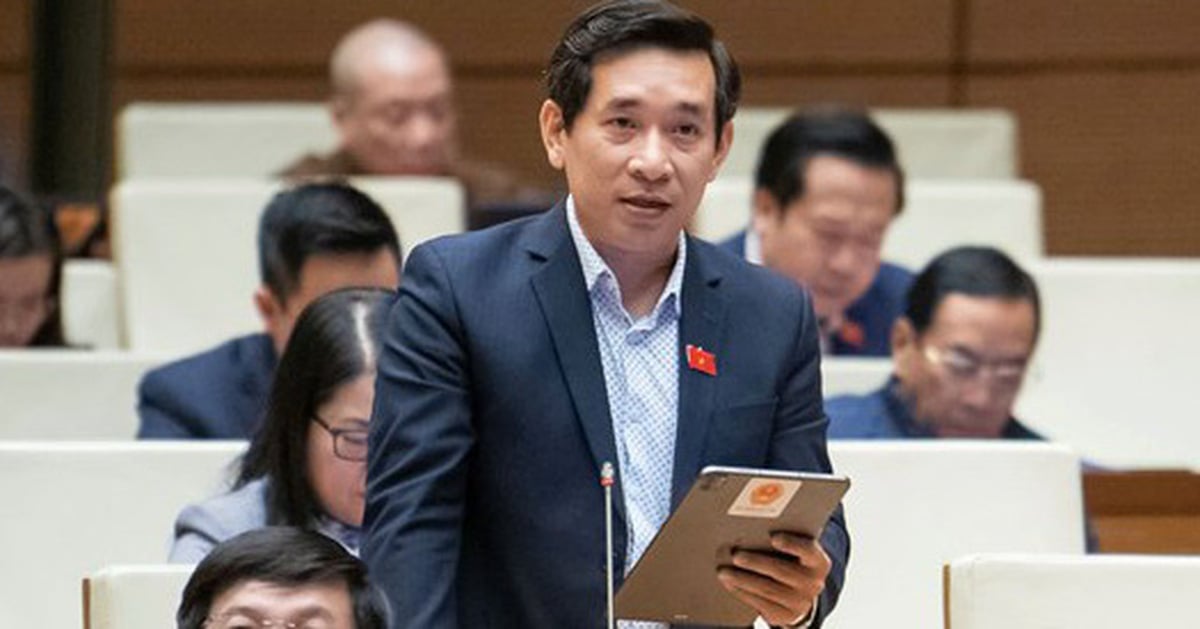

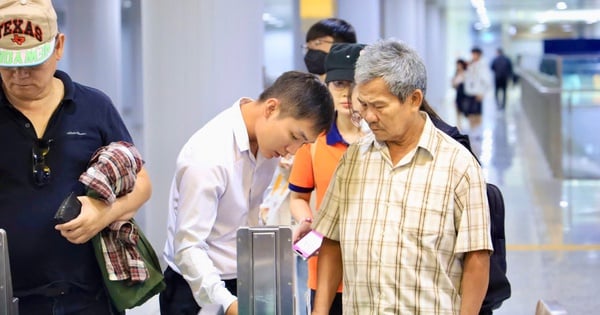

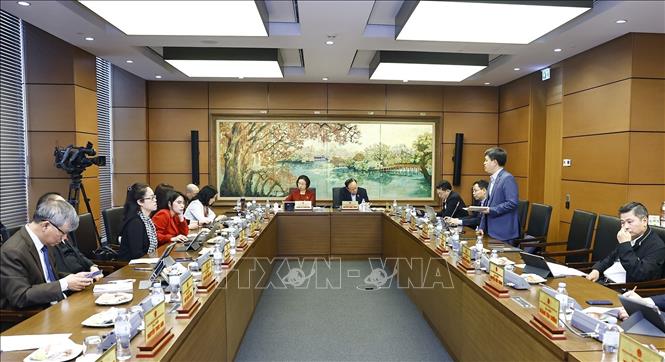

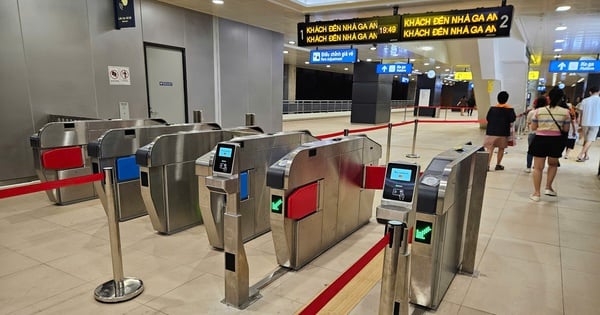
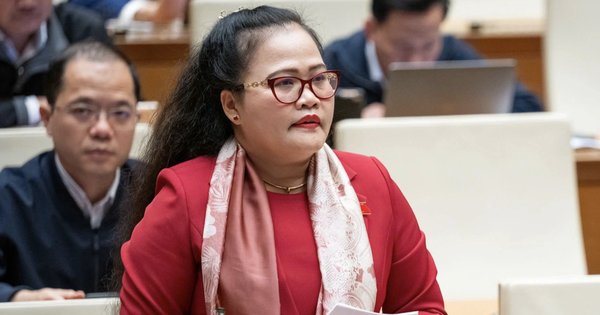

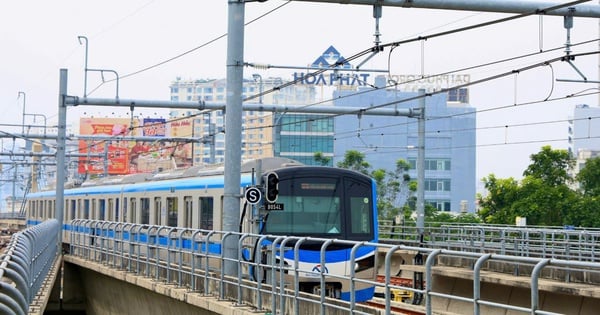
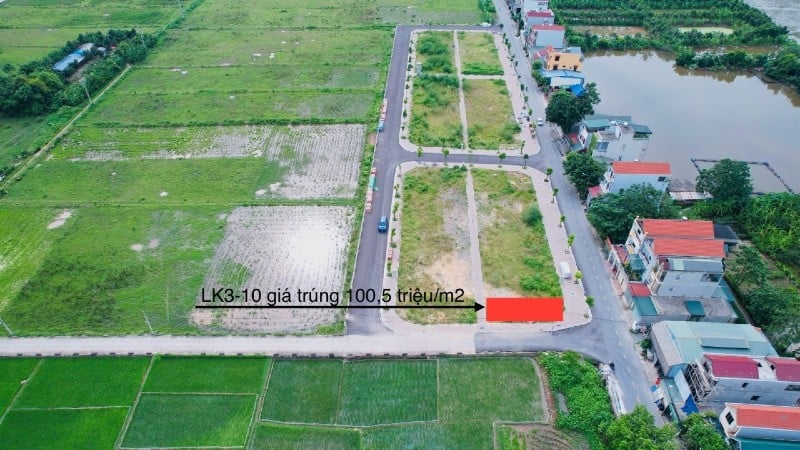

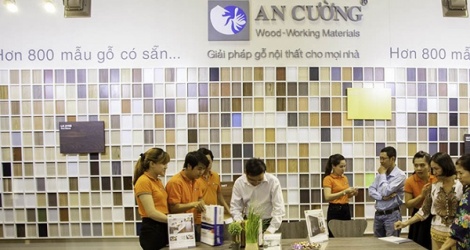
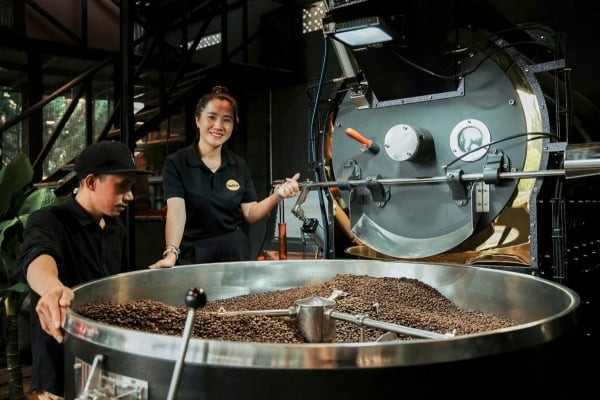

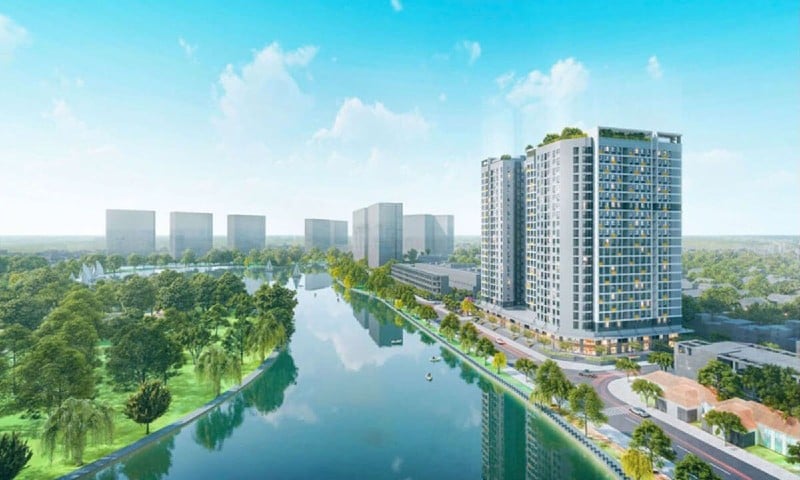
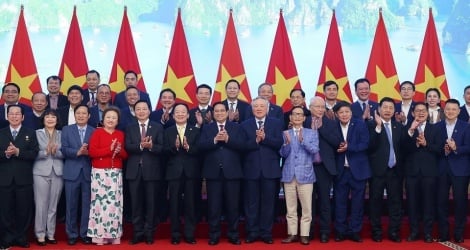




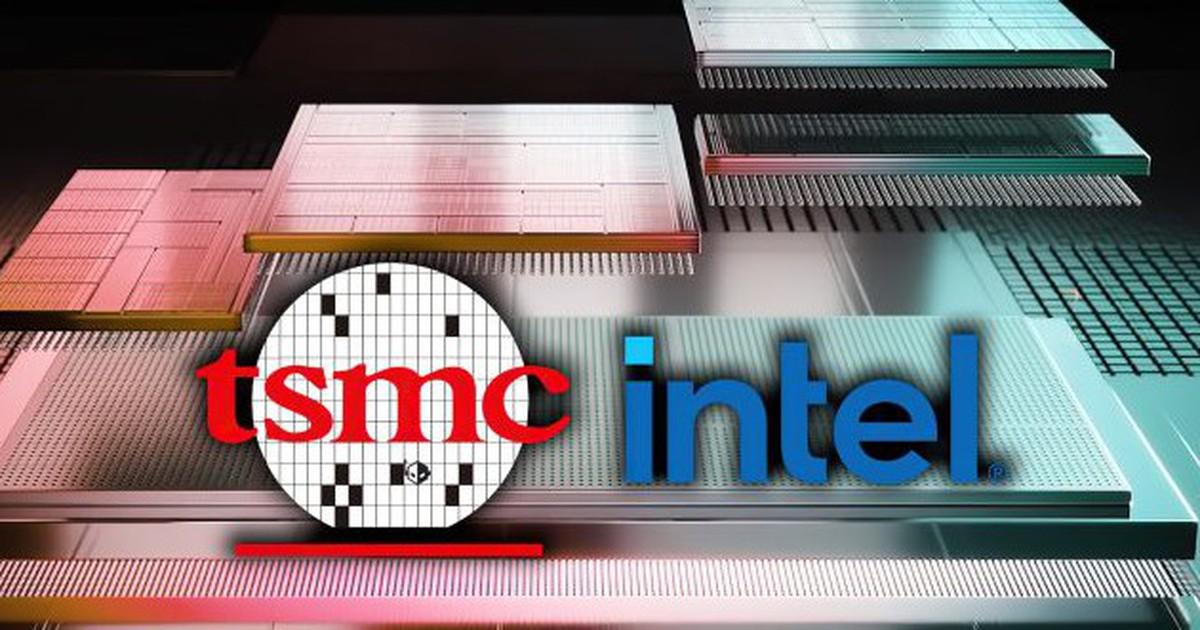

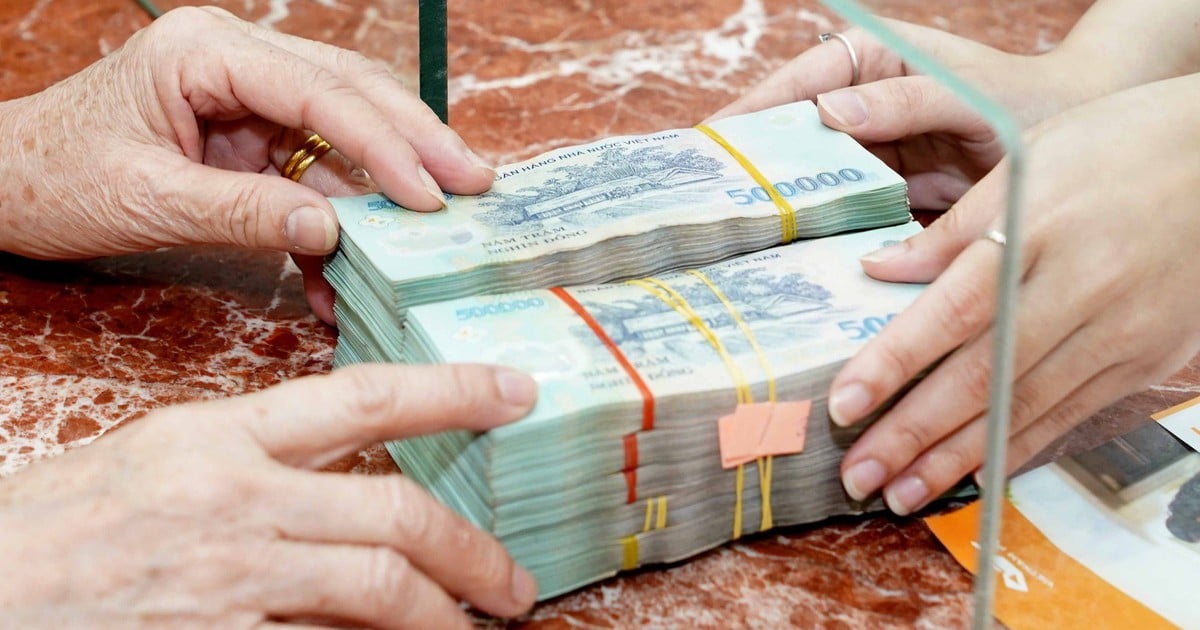













Comment (0)